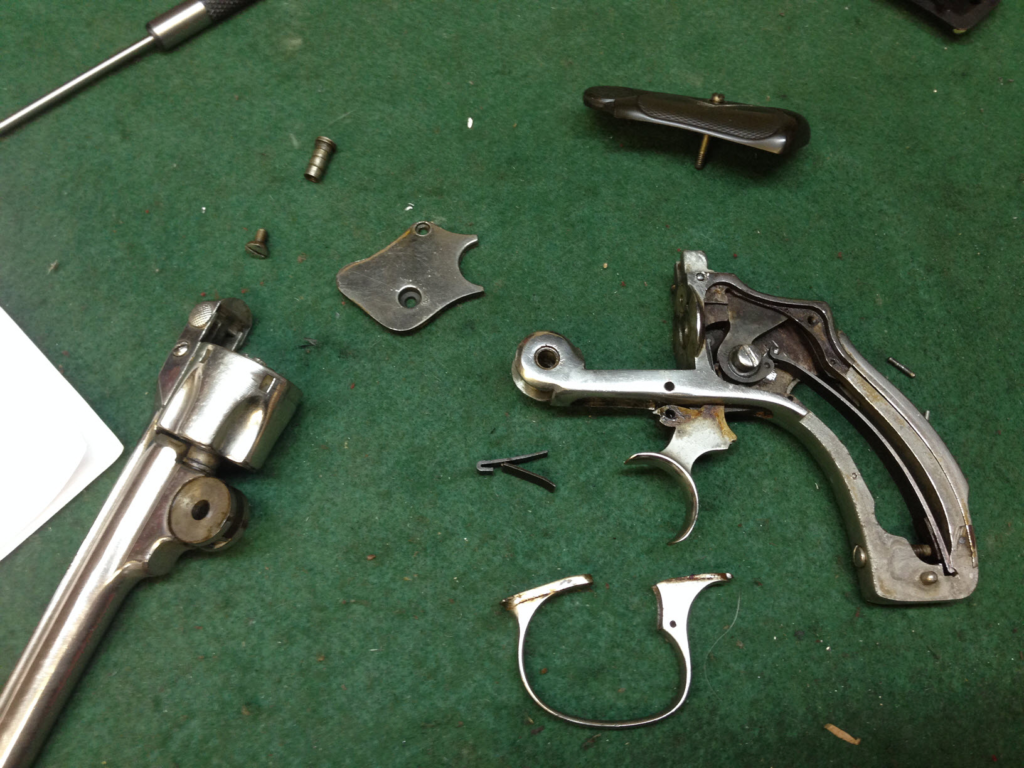
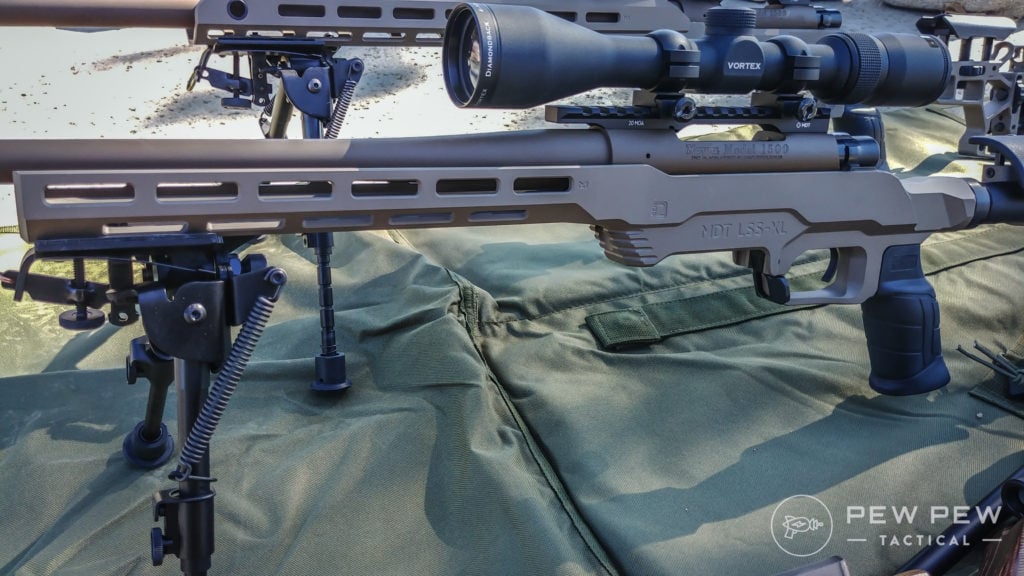
Table of Contents
Loading…
Harris Bipods
A good bipod is a necessary part of dynamic long-range precision shooting and is the best way to put more accurate shots on target short of using a full benchrest setup. A bad bipod is more hindrance than a help and is just going to frustrate you as it bounces around and loses its adjustment. That’s where Harris Engineering comes in to show the world what is a good bipod.-
25% off all OAKLEY products – OAKLEY25
Copied! Visit Merchant
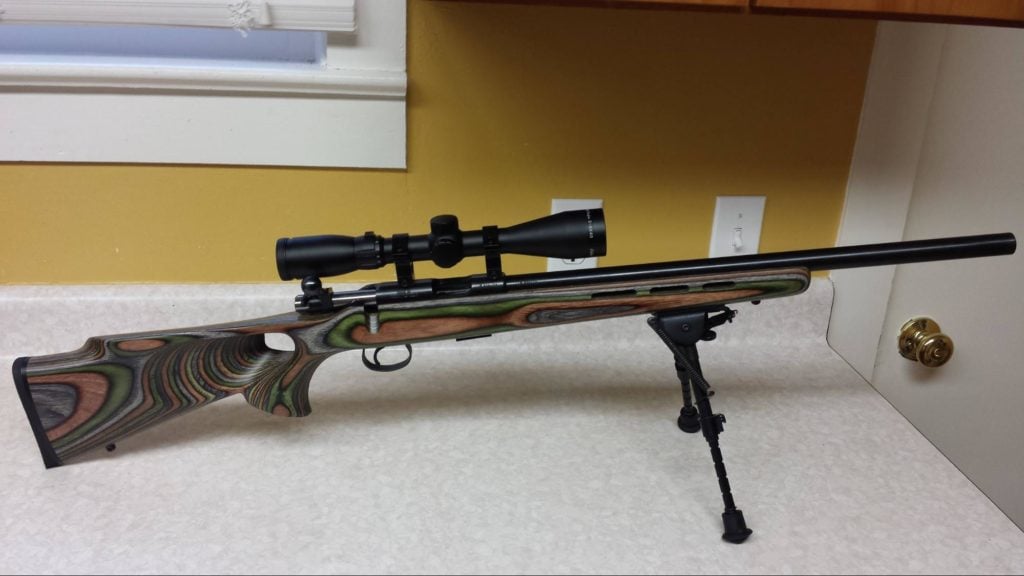
Harris HBRMS Bipod
First, the facts.Specs:
- Ultralightweight of 13.5 oz.
- Extends from 6″ to 9″
- Leg notches in 1″ increments.
- Legs are spring loaded, for fast deployment.
- Swivels (tilts) to compensate for uneven terrain.
- Has a built-in sling swivel stud to attach the sling.
- 100% Made in the USA
Harris HBRMS Overview
The Harris HBRMS Bipod is the premiere bipod from Harris, and as such it has all the features you could possibly want in a mid-range, affordable, but reliable bipod. In Harris’ naming conventions, the “M” part means that the adjustable legs are notched at regular intervals for ease of accurate adjustment. The “S” part means that the bipod swivels back and forth for windage adjustments, or just to engage targets in an arc in front of the shooter without the need to move the feet of the bipod.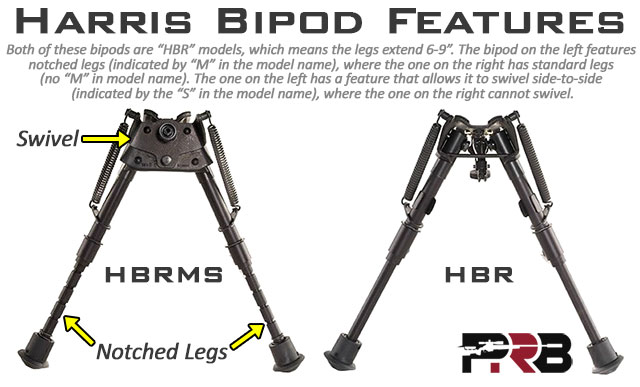
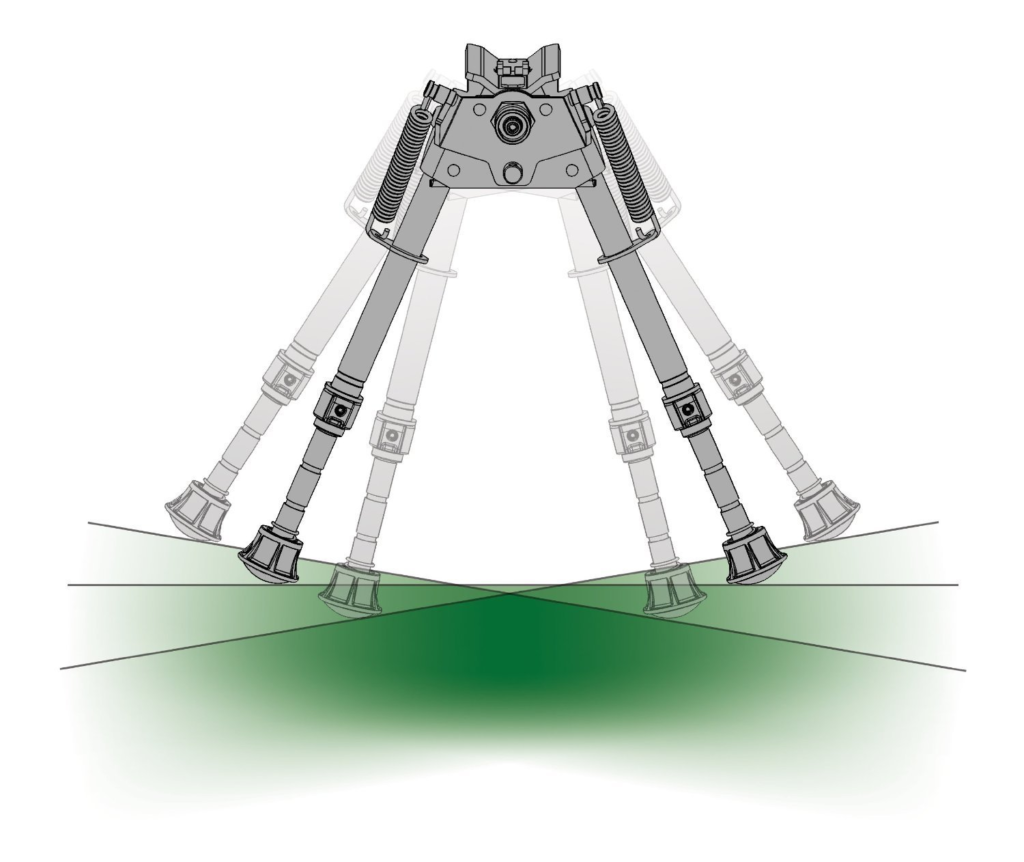
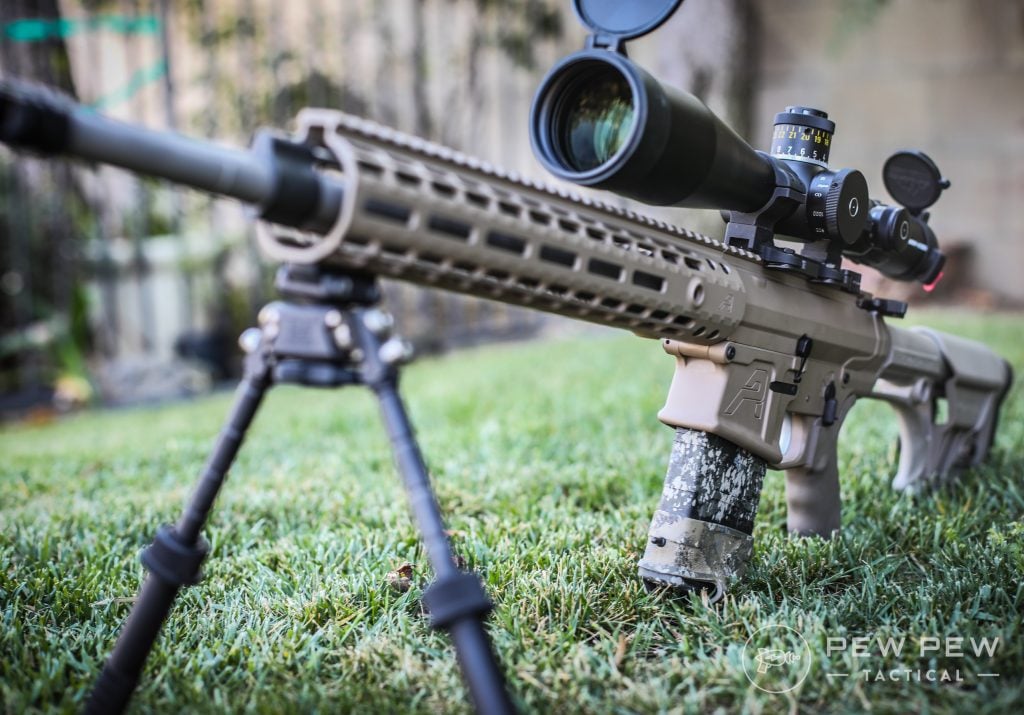
Using the Harris Bipod
So, how does all that shake out for real-world use? Pretty well, actually.Testing
I started testing with a nice, light .22lr that I knew was accurate from a bench rest. We had a number of targets (empty soda bottles) spread out in an arc about 20 yards wide anywhere from 50 to 100 yards away. I was easily able to pan the bipod left and right and tilt up and down to place shots on target once I had the adjustment dialed into where it the bipod was doing most of the work holding the rifle steady, but still capable of swiveling to engage each target. The little CZ’s light recoil was no challenge at all for the feet on the bipod, and I never had any problems with it, and I can say the same for the AR-15 we tried it on. No bouncing to speak of and the feet stayed firmly planted as you’d expect and hope for.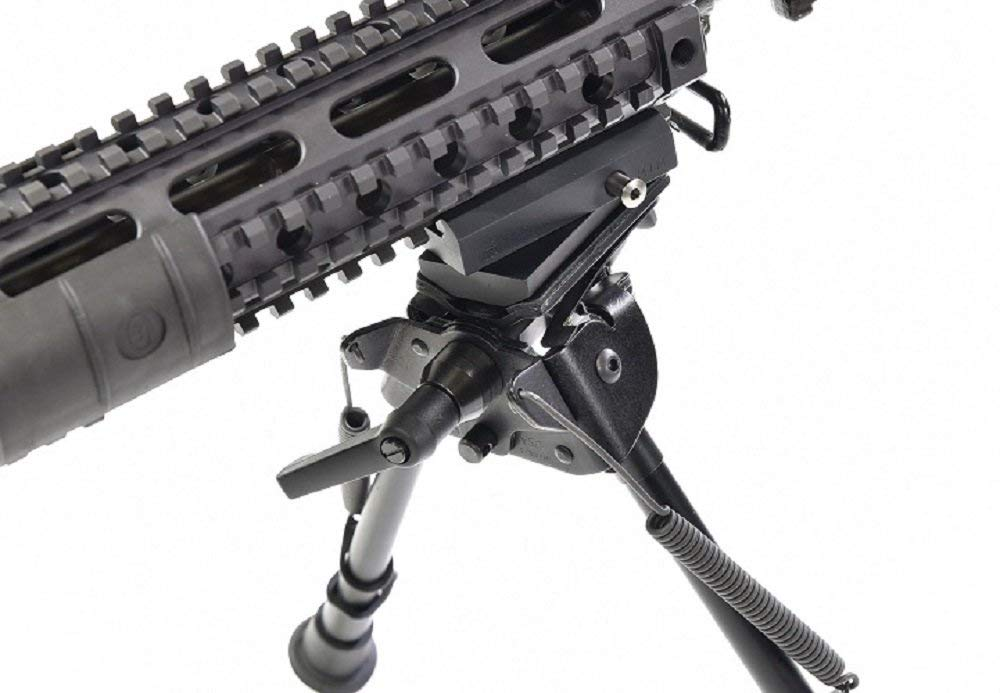
Bigger Caliber, Bigger Bounce
Issues arose with some of the bigger calibers, however, specifically a .300 Win Mag. This is about the upper limit of what I’d consider this bipod suitable for, and honestly the upper limit of what I find comfortable to shoot for long periods of time. There was noticeably more bounce on firing, and a lot more wiggle just from swiveling the much heavier rifle around. In fairness, you can replace the default feet with something that’s more aggressively grippy and that will help a lot with the bouncing under recoil, but for what you get out of the box, I wouldn’t recommend true long range shooting or shooting a particularly heavily-recoiling round, as the bounce is going to make your follow through difficult. If you’re doing any dynamic shooting with a bigger caliber, especially anything that starts with .300, you’ll probably want to invest in something a little bit beefier as the heavy recoil and overall heavier weight of these rifles will wear your bipod out fairly quickly.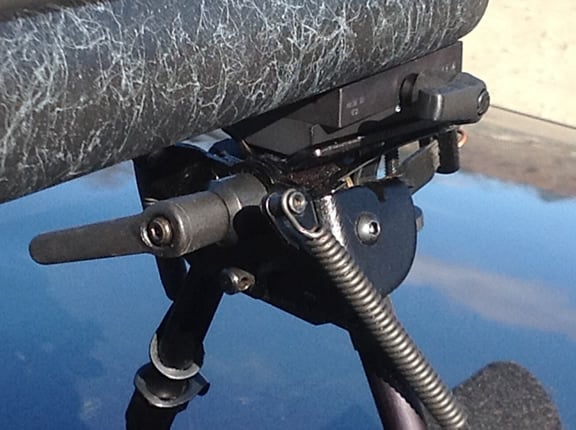
Final Thoughts on the Harris Bipod
Overall, I’m happy with my bipod. I spent my own money on it, and this is in no way sponsored by Harris, so I can honestly say that it would make a good investment for any shooter looking to try a bipod, or looking for a mid-range bipod with a good value for the money. If you need a good quality bipod that won’t cut into your new gun budget too much, you could certainly do worse than ordering a Harris bipod of any type, but especially the upper-tier HBRMS model.-
25% off all OAKLEY products – OAKLEY25
Copied! Visit Merchant

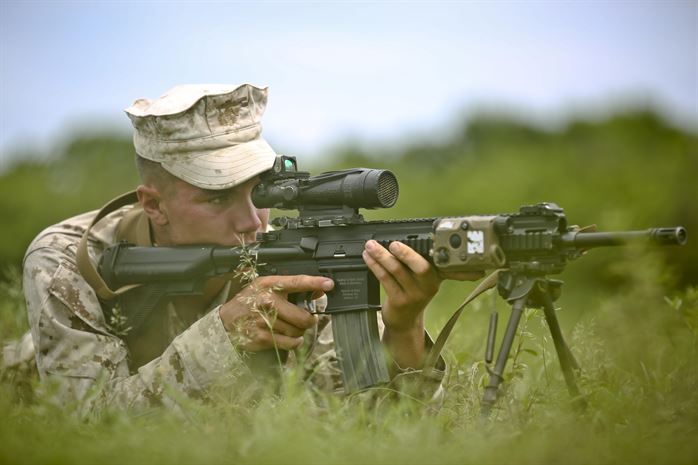








9 Leave a Reply
What bipod would you recommend for a 30-06 shooting 190 grain?
Only an AI-genertaed article would have non-sensical garbage like:
"The “S” part means that the bipod swivels back and forth for windage adjustments, or just to engage targets in an arc in front of the shooter without the need to move the feet of the bipod."
Harris is old school and they have not done a good job of keeping their products up-to-date. They also suffer from hideously complicated naming conventions that force me to look up the model designation every time I buy a new bipod (in my case the HBLMS with KMW Pod-Loc). However, Harris is what I know and have used for years. Other *quality* brands are Atlas and Accu-Tac but they are so darn expensive I have not tried them. Atlas starts at ~US$220. Accu-Tac starts at ~US$300. I can buy an HBLMS plus Pod-Loc for ~US$125. I do not see the value proposition for the other brands. Will they make me shoot that much better? These three brands are the only ones I know about that I consider good quality. You can find junk labeled Cvlife, UTG, Caldwell, and so forth at Amazon, but those are not real bipods, just Red Chinese knock-off junk that is a waste of money. Bipods are for range work. In the field I think you are better off shooting from a pack or some other available rest. Although I think Harris is old and fusty, they still get the job done for significantly less that competing brands. When their quality starts to deteriorate, I will know it is time to move on to Atlas or Accu-Tac.
Hi Megan. Great article. I've got Harris bipods of different sizes on all my precision equipment. I actually use the Harris larger bipod on a .338 LM rifle, and it works great. First I used a higher end Atlas bipod, and the .338 LM rifle jumped back with the scope hitting my face, The Harris just absorbs the recoil better because of the springs.
Your article (actually the embedded advertisement) is incomplete and misleading. Harris Bipod and Harris Engineering do not appear to be the same entities. You re reviewing well-established Harris Bipod products, but the ads and Amazon links are for Harris Engineering products, which Amazon verified purchase reviewers describe as "fake" or "counterfeit."
Readers should at least be cautioned about the confusion between Harris Bipod and Harris Engineering bipods.
Harris Engineering is the company that manufactures Harris Bipods. They have obviously been victimized by Amazon trolls. I doubt Harris understands what is going on. It is true that harrisbipods dot com is run by a company called Newford Group. No idea who Newford Group is or whether they have any relationship with Harris. I think the whole internet thing is beyond Harris.
What is your choice of bipod for a .308?
Great write-up Megan! Do you have any experience with the Magpul bipod? It seems like it hits that sweet spot between Atlas form factor and Harris price.
I've been reading reviews on the Magpul bipod, and it seems that it doesn't work well with heavier rifles.